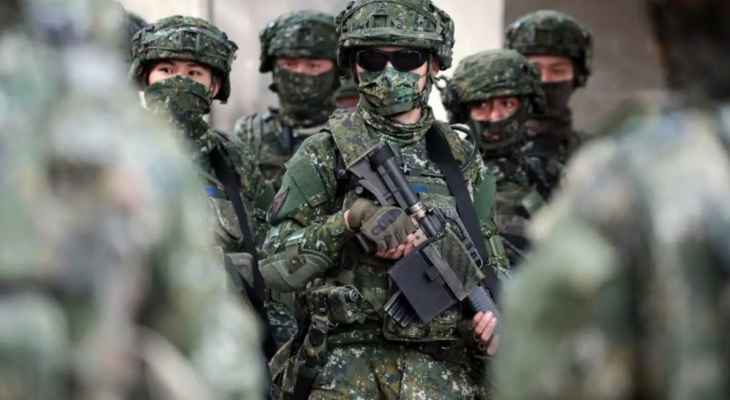Intense military pressure from China has intensified Taiwan’s desire to acquire huge weapons such as warships and fighter jets, exacerbating conflict between Taipei and Washington over arms purchases, according to Britain’s Financial Times.
This month, the Chinese army held a week-long exercise that was seen as a precedent following US House Speaker Nancy Pelosi’s visit to Taiwan. Since then, the Chinese army has continued daily air and naval maneuvers near the island.
The Taiwanese government and military officials see this as evidence that Beijing prefers not to invade their country, but to force it into submission to Chinese control through military pressure rather than being drawn into a war.
That means Washington must adjust its policy to push Taiwan to prioritize cheap, small-sized, fast-moving weapons such as Stinger anti-aircraft missiles that are needed to counter a possible full-scale invasion of the island, officials said, given that the United States are Taiwan’s main arms supplier.
A senior Taiwanese government official pointed out that every day, Chinese warships “aim” for the “middle line” of the Taiwan Strait, in addition to a ship on the western and eastern sides of the “Bashi Channel” between Taiwan and the Philippines, and a “regular presence” between Taiwan and the Japanese island of Yonaguni.
He said: “In response to these 500-ton ships, medium and large warships are needed … In this situation, it is very difficult to simply talk about the need to replace our old massive platforms with small mobile boats and missiles. If you only focus on coastal defense, the only thing you might encounter is when the (Chinese) attack the coast.”
In light of growing US concern that China could attack Taiwan within the next five years, Washington is trying to get Taipei to prioritize “asymmetric” weapons, systems that exploit an adversary’s weakness rather than trying to rival its strengths.
And the administration of U.S. President Joe Biden this year began to turn down requests from Taiwan to buy large and expensive systems, arguing that they would not be effective in deterring a Chinese invasion.
Taiwan’s President Tsai Ing-wen’s government initially agreed to this path despite opposition from the defense sector.
But officials have indicated that the island’s most urgent defense needs should be reassessed in light of what Taipei and Washington have called China’s attempt to change the status quo around Taiwan, according to the Financial Times.
“The recent operations of the Chinese military show how different the situation in Taiwan is from the Ukrainian war. We need to strengthen our asymmetric and non-nuclear defenses,” said Xu Xiao Huang, a researcher at the National Defense and Security Research Institute, a think tank. sponsored by the Taiwan Ministry of Defense.
The Chinese army felt that its exercises had “destroyed” the central line, which was an unofficial buffer, and now its fighters cross it daily, indicating that it intends to conduct regular patrols near Taiwan.
Taipei is concerned that this “new status” will help Beijing maintain its claim to the island. “If we do not resist these attempts to contain us, at some point they may force us to unite,” the military said.
The Tsai government is reviewing recent exercises conducted by the Chinese military and plans to discuss the results with Washington.
“Without foreseeing the outcome, our views and those of the United States differ on what exactly constitutes an asymmetry (weapon) and how much asymmetry we need. The United States has experience in the Middle East and Ukraine, but our needs may differ given the recent Chinese teachings.
There is no indication that the United States plans to change its approach to arms sales to Taiwan. The Financial Times quoted a senior US administration official as saying that China’s recent military pressure has “absolutely reinforced our policies…and the need to make sure (the Taiwanese) have enough of these asymmetric capabilities to deter any threat from China.” .” “.
Source: El Nashra
